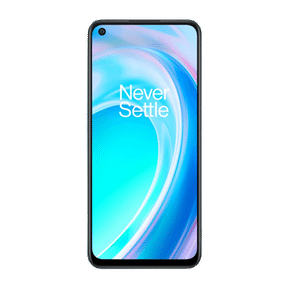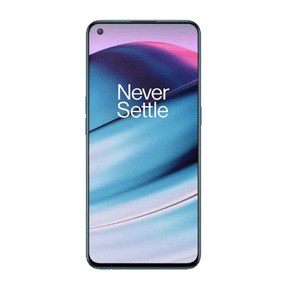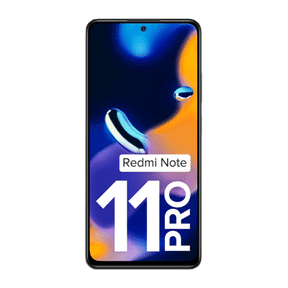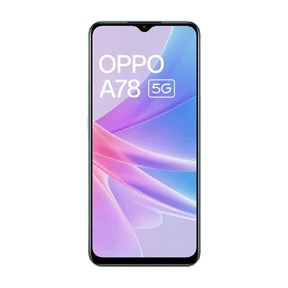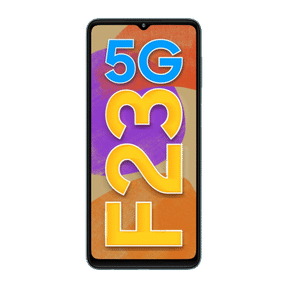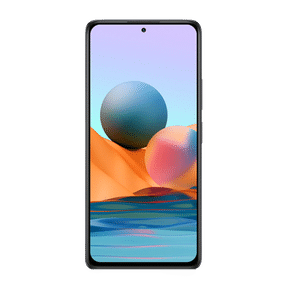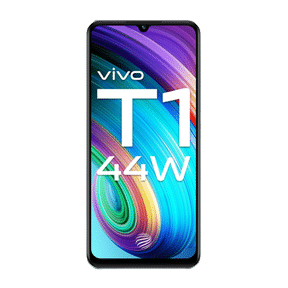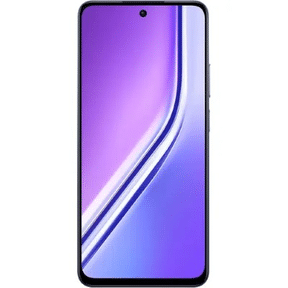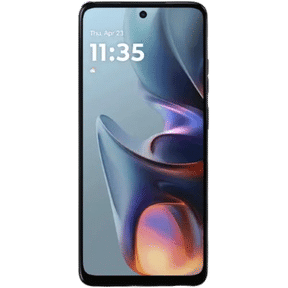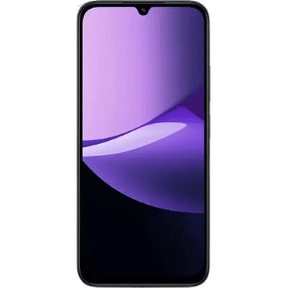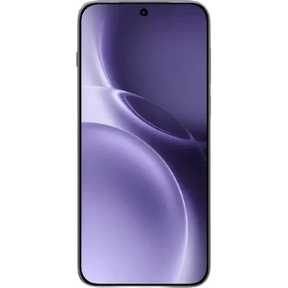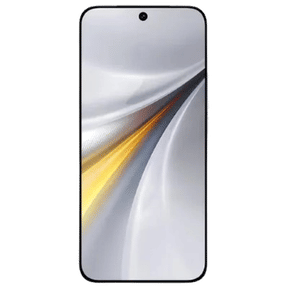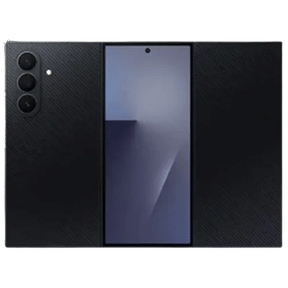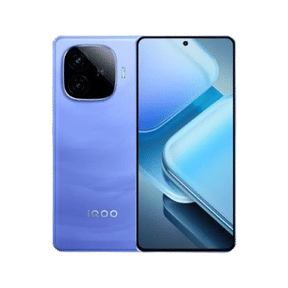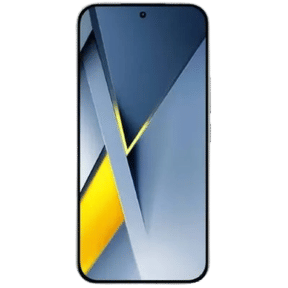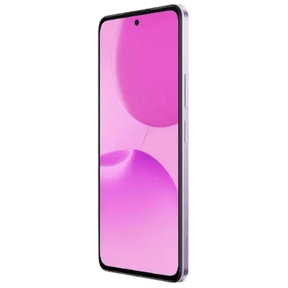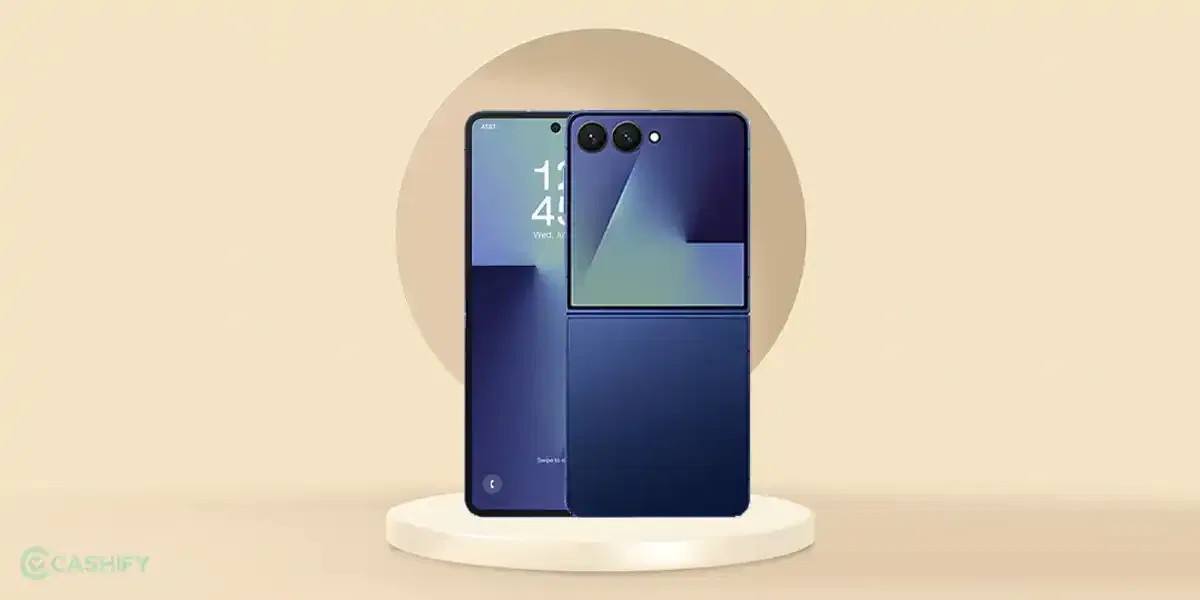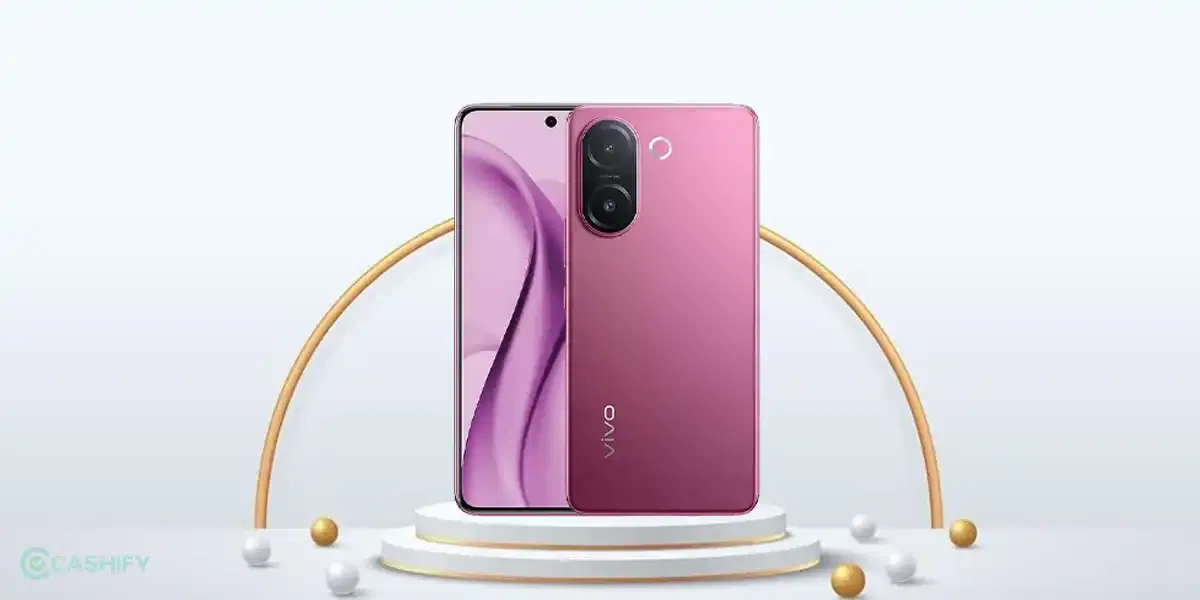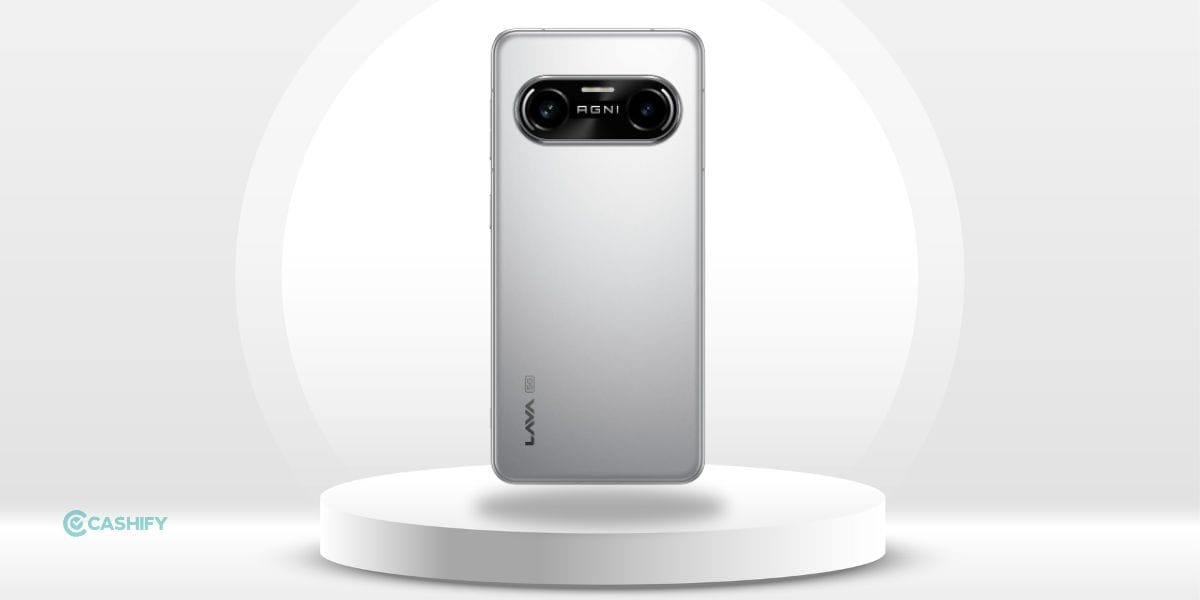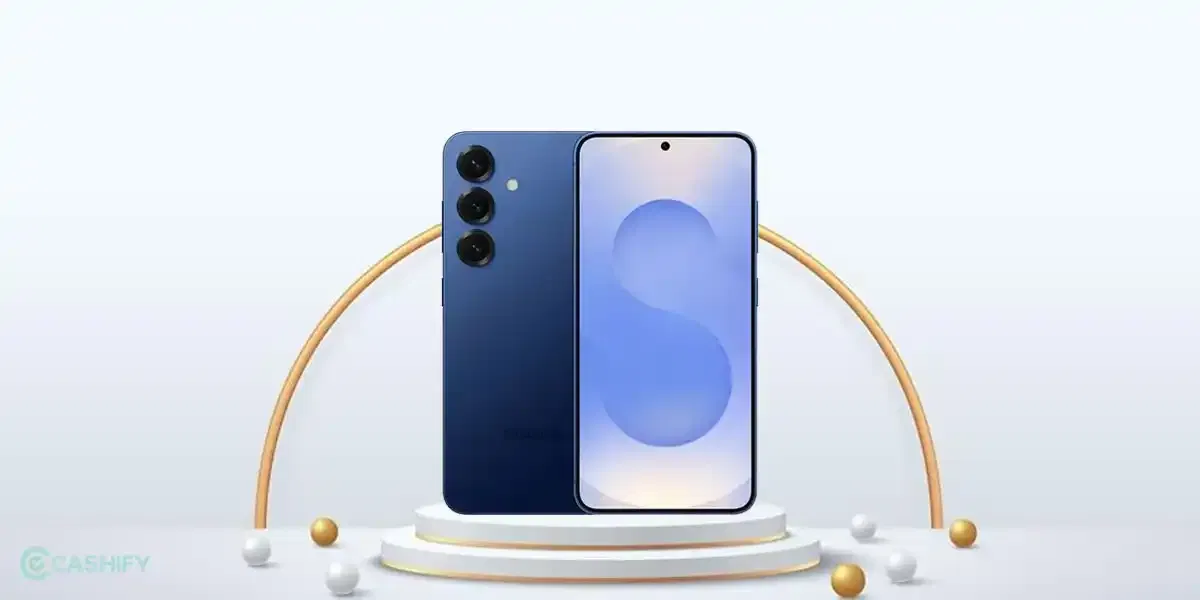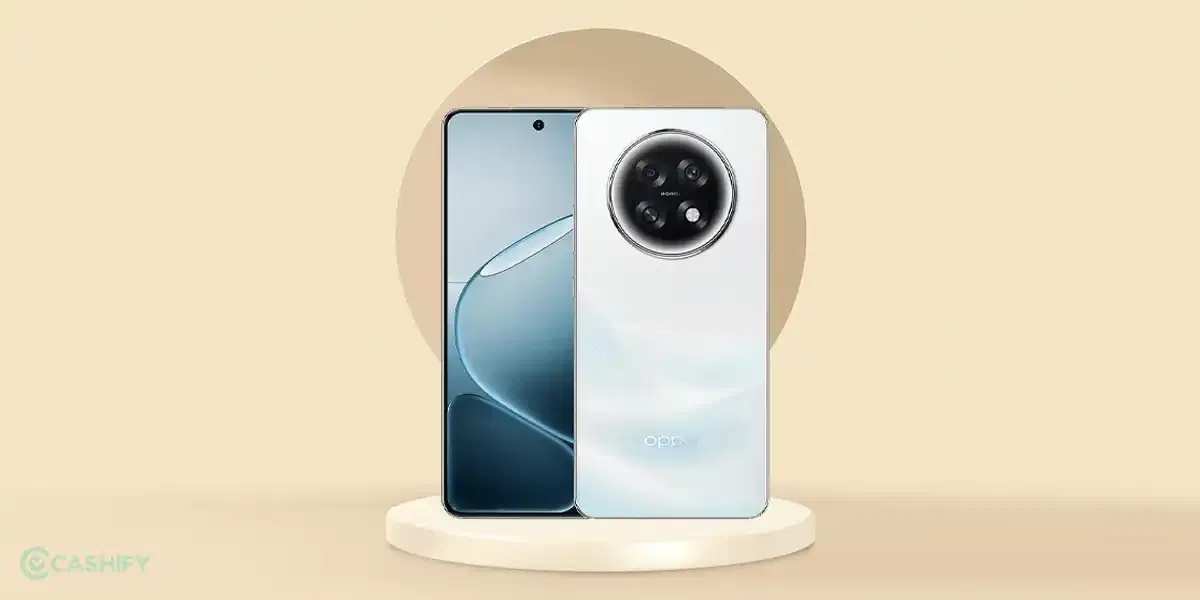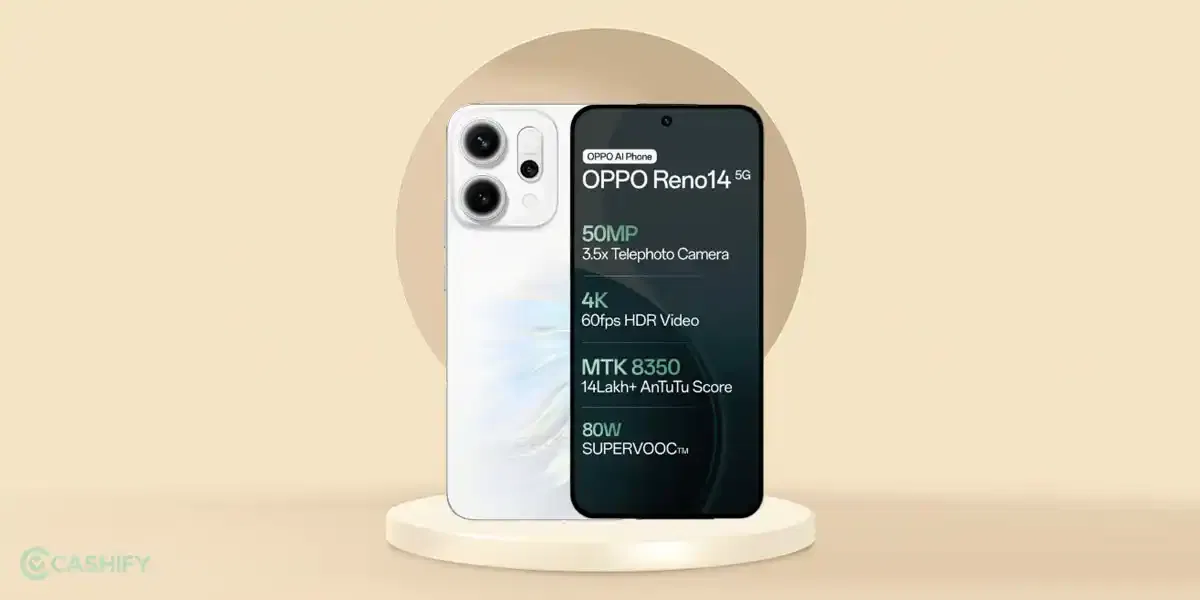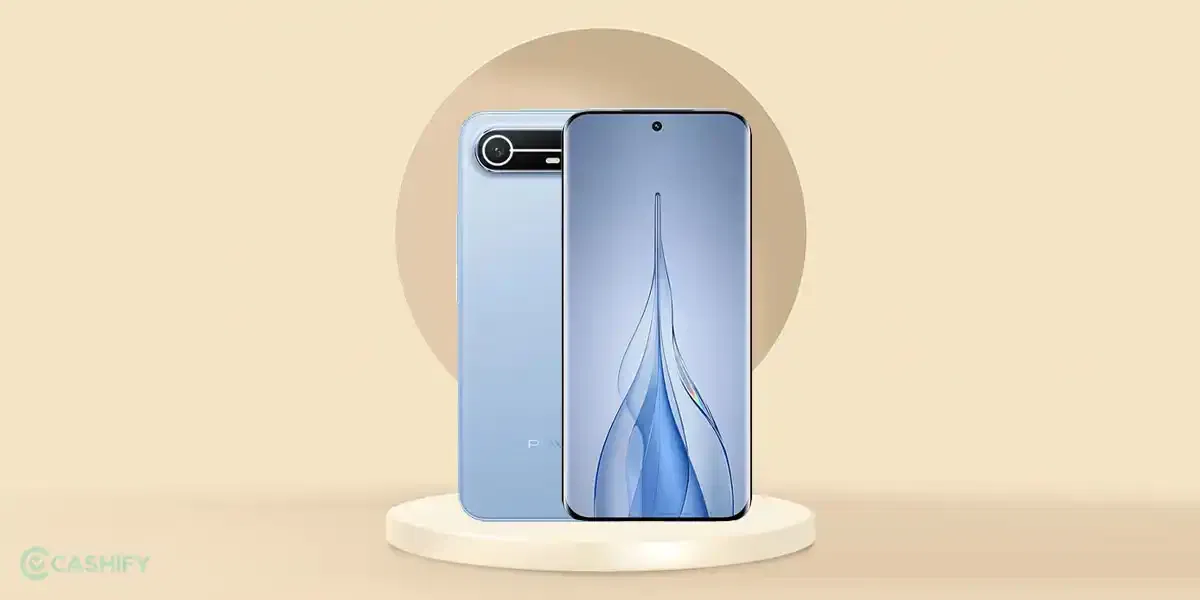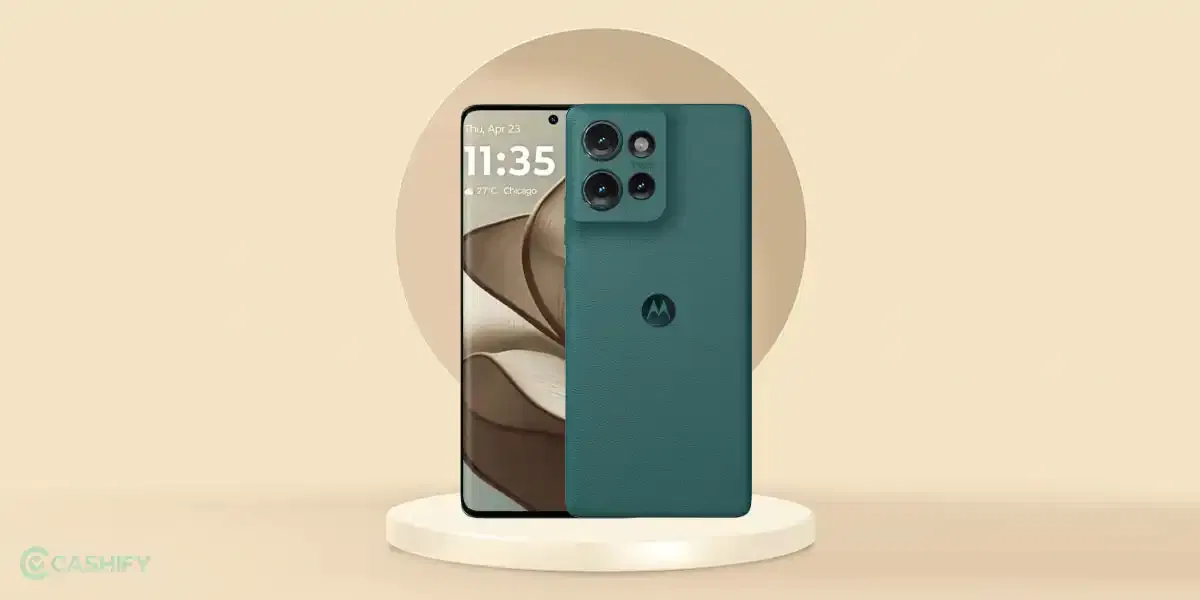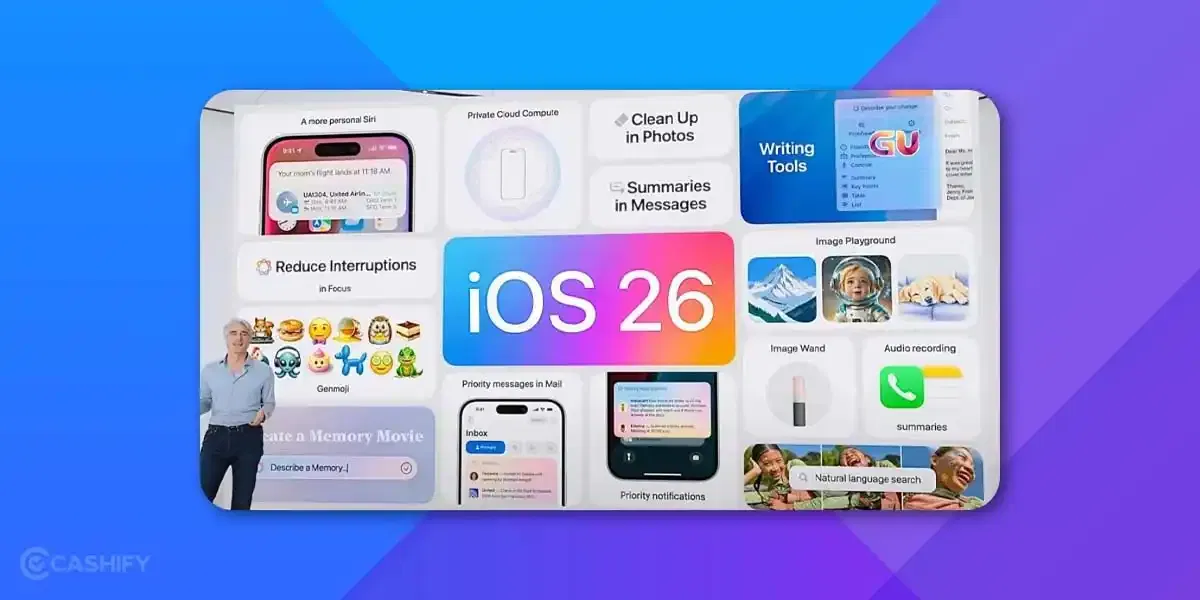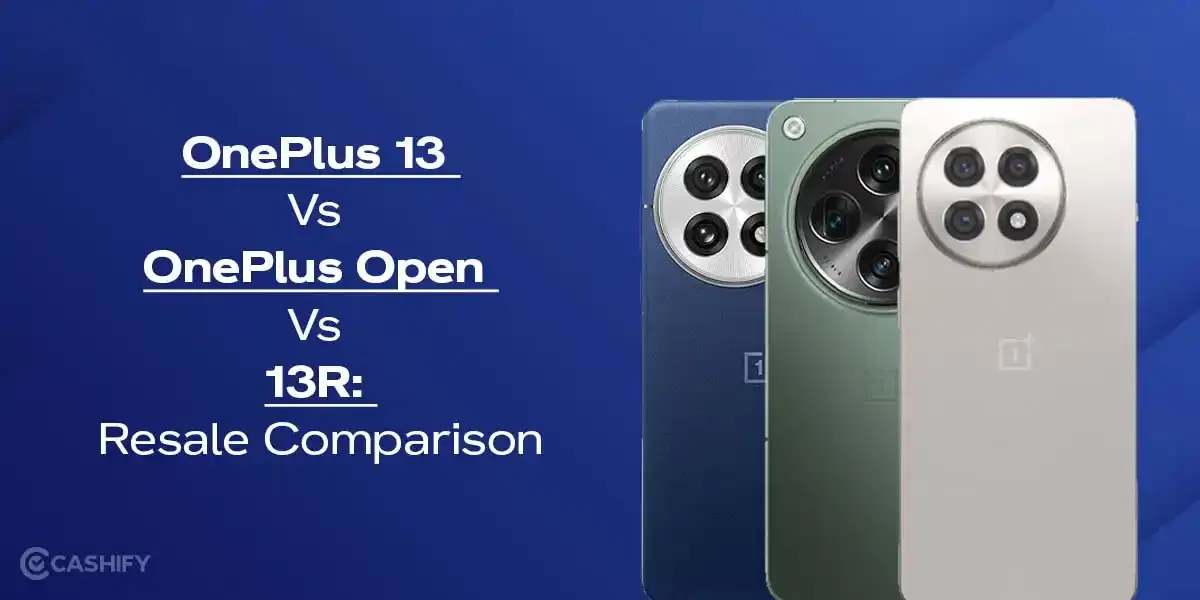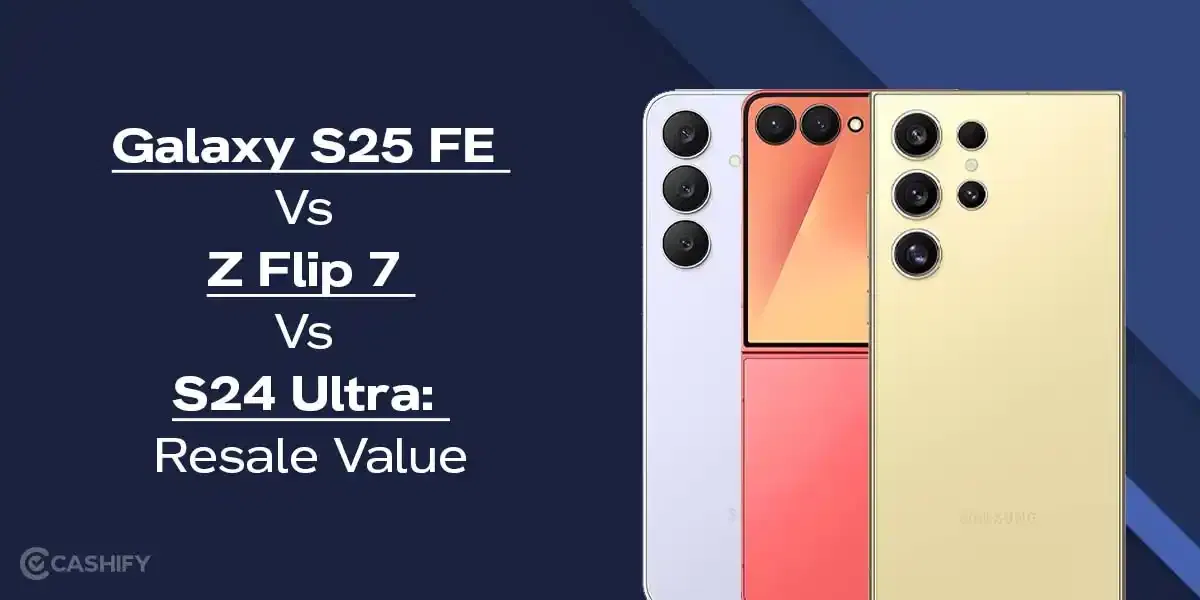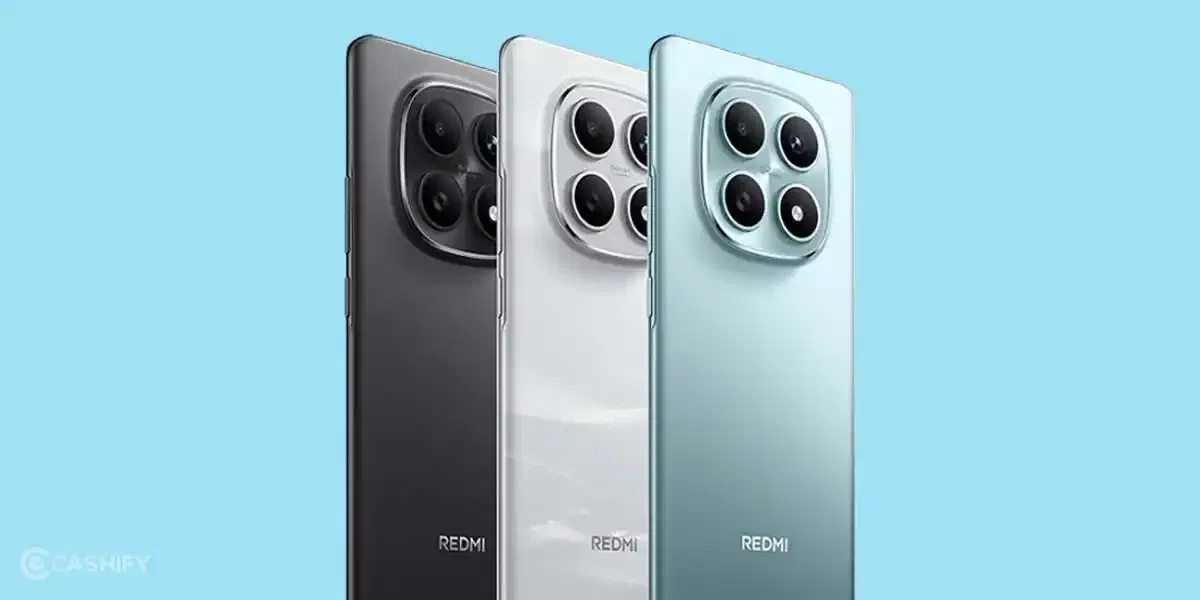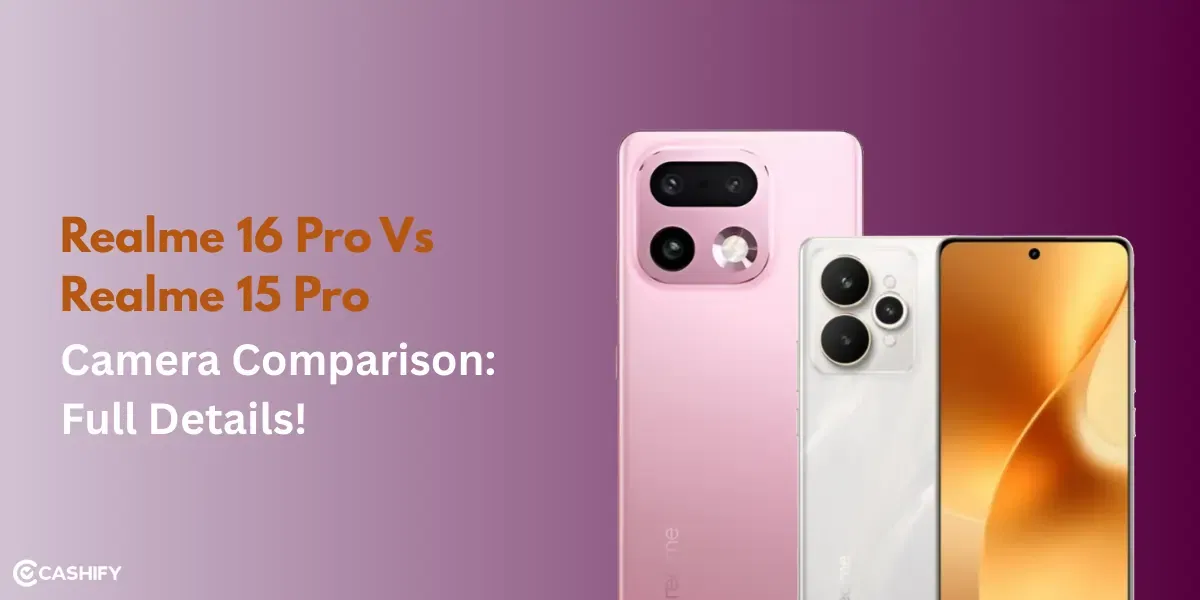
Score
OnePlus 6

The notch-bearer with a beefy set of specifications is the next addition to the long list of flagship killer phones by OnePlus. Yes, we’re talking about the successor to the much acclaimed OnePlus 5T – the OnePlus 6. With the lower (6GB) variant priced at Rs. 34,999, it’s a good choice for buyers wishing to save a few thousand compared to what they’d pay for higher-end phones like Galaxy S9 or the iPhone X.
You might want to note that this new installment by OnePlus isn’t perfect, and you do lose out on a few noteworthy features if you decide to settle for the company’s latest bargain. All that aside, the OnePlus 6, based on Snapdragon’s latest premium chipset, is indeed the fastest among all the other competing devices – even in a slightly higher price range.
About the Product Overview
The Samsung-built 6.28’’ AMOLED panel in the OnePlus 6 is absolutely unrivaled in this price bracket. With a better resolution than its predecessors and a peak full-screen brightness of 574 nits, this phone is equally sharp and vibrant. The glass back, instead of an aluminum one – which was in the 5T version – does raise a few durability concerns, but the company claims that this will account for improved connectivity and data throughput.
It does reach a 60 percent charge within a matter of 35 minutes, but the catch here is that the rate of charging slows down on reaching a higher battery percentage mark. However, it does charge faster than any other smartphone. Only the LG V30 comes close, whereas the iPhone X can muster only about 45% in half-an-hour.
While it does include the top-of-the-line processor, it lacks some of the conveniences that many other flagships offer. For one, it lacks wireless charging – weird, considering the switch to a glass back – nor is there any actual IP-rated water resistance. OnePlus, although, claims that the device is splash-resistant, but we wouldn’t really recommend testing that out.
The cameras, on this device, are pretty decent for the price bracket, but they fall short when compared to, say, Google Pixel 2’s sharpness and image processing capabilities. So, if photography is your topmost priority, we’d recommend shelling out the extra bucks.
